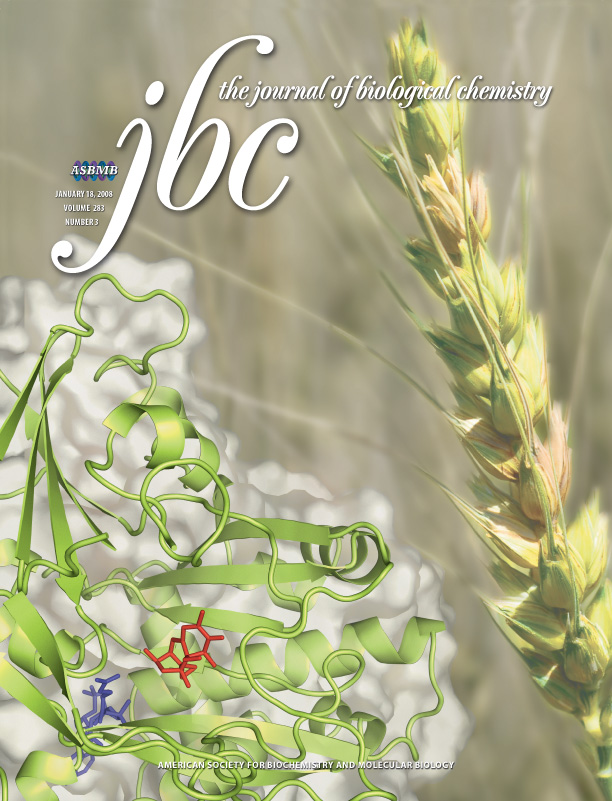This is a read-only mirror of pymolwiki.org
Difference between revisions of "Main Page"
Jump to navigation
Jump to search
m (1 revision) |
(fellowship) |
||
| Line 28: | Line 28: | ||
{| class="jtable" style="float: left; width: 90%;" | {| class="jtable" style="float: left; width: 90%;" | ||
|+ style="font-size: 1.4em; font-weight: bold; text-align:left; border-bottom: 2px solid #6678b1;" | News & Updates | |+ style="font-size: 1.4em; font-weight: bold; text-align:left; border-bottom: 2px solid #6678b1;" | News & Updates | ||
| + | |- | ||
| + | ! POSF | ||
| + | | [https://pymol.org/fellowship PyMOL Open-Source Fellowship program] accepting applications for 2018-2019 | ||
|- | |- | ||
! New Plugin | ! New Plugin | ||
Revision as of 15:11, 14 June 2018
| The community-run support site for the PyMOL molecular viewer. |
| To request a new account, email SBGrid at: accounts (@) sbgrid dot org |
| Tutorials | Table of Contents | Commands |
| Script Library | Plugins | FAQ |
| Gallery | Covers | PyMOL Cheat Sheet (PDF) | Getting Help |
|
|
 A Random PyMOL-generated Cover. See Covers.
|
